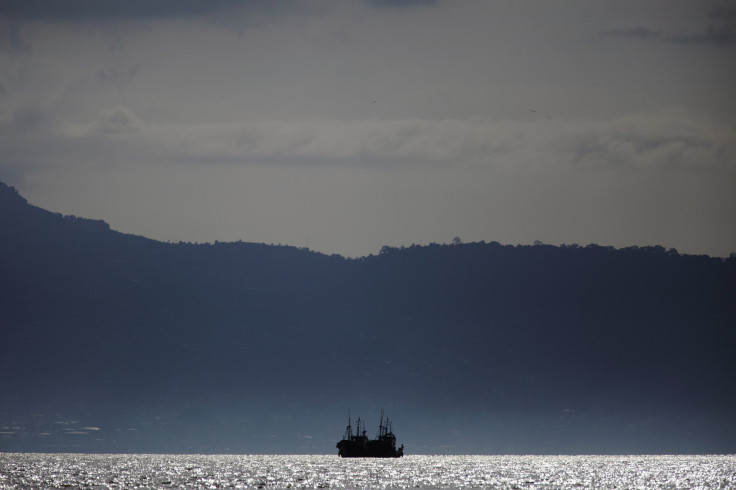Satellite Images Reveal China’s Massive Illegal Fishing Activities In Pacific Ocean
KEY POINTS
- Researchers used satellite images to monitor parts of the Pacific Ocean
- The researchers discovered thousands of Chinese vessels illegally fishing in the Pacific Ocean
- China's activities have forced North Korean fishers to move to different fishing locations
A team of researchers released a new study detailing the massive illegal fishing activities committed by Chinese vessels in the Pacific Ocean. The researchers completed their study using data and images collected by Earth-orbiting satellites.
The new study was published in the journal of Science Advances. It focused on parts of the Pacific Ocean around Japan, Russia and North and South Korea in 2017 and 2018. The researchers looked into these regions because they are usually not monitored, which makes them prime spots for illegal fishing.
To analyze the activities in these parts of the Pacific Ocean, the researchers turned to images captured by satellites operated by different agencies and private companies. They include the Dove cubesats and SkySats by aerospace firm Planet, the Suomi NPP satellite by NASA and the U.S. National Oceanic and Atmospheric Administration and the European Space Agency’s Sentinel-1 satellite.
In addition, the researchers also used data gathered by the Japan Space Exploration Agency’s PALSAR-2 satellite and the Norway-based company Kongsberg Satellite Services’ RADARSAT-2.
Through the satellites, the researchers were able to gather images of large vessels operating in areas in the Pacific Ocean. As noted by the researchers, many of the vessels in these regions operate secretly and do not usually show up in monitoring databases.
Using the data they collected, the researchers learned that over 900 vessels from China conducted fishing activities in these areas in 2017. Then, in 2018, the researchers spotted another 700 vessels carrying out the same activities. They noted that the activities violated the sanctions imposed by the United Nations in the areas.
“The scale of the fleet involved in this illegal fishing is about one-third the size of China's entire distant-water fishing fleet,” Jaeyoon Park, lead author of the study and a senior data scientist at Global Fishing Watch said, according to Space.com.
“It is the largest known case of illegal fishing perpetrated by vessels originating from one country operating in another nation's waters,” he added.
Aside from the Chinese vessels, the researchers also detected about 3,000 boats from North Korea illegally fishing in Russian waters. Since the boats were small and made out of wood, the researchers speculated that the competition with China’s vessels might have forced North Korean fishers to venture out into other areas to fish.
“The consequences of this shifting effort for North Korean small-scale fishers are profound, and represent an alarming and potentially growing human rights concern,” Katherine Seto, the co-author of the study, stated.

© Copyright IBTimes 2024. All rights reserved.





















